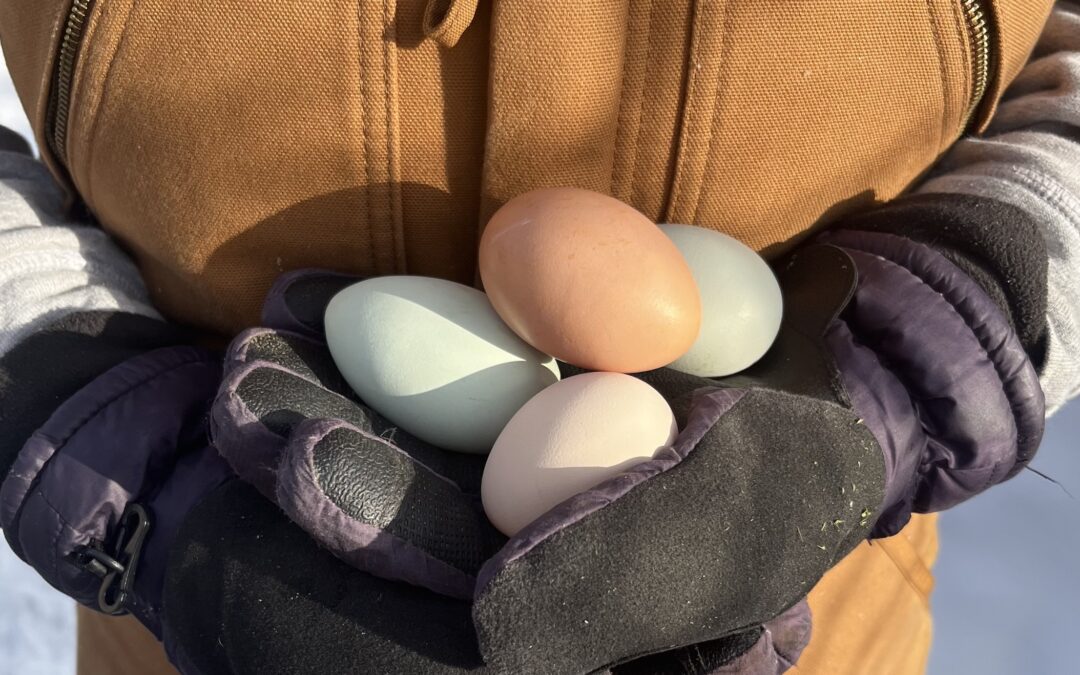It’s no secret that I love chickens. My job? Chicken related. My backyard? Full of chickens. My favorite topic of conversation? Yes, chickens. I love all the breeds, all the sizes, all the purposes, all the personalities. I am a true chicken lady at heart.
Before I started raising chickens, I did a ton of research. I decided that Heritage breeds were the way to go for our family and did not raise any production layers that year. I selected each of my first breeds for their noteworthy qualities, including sweet personalities beautiful eggs. Those ladies did an amazing job of feeding our family until their first molt (and well-deserved break!)
Time for a Change
That first break in production was the moment when I realized that keeping a mix of production layers and Heritage breeds was a better option for my family’s lifestyle. With two little kids and a very active (suburban) homestead kitchen, I knew that I would need to be a bit more open minded when it came to selecting future breeds for my flock. While I will always love and appreciate Heritage breed chickens, production layers have worked their way into my heart (and coop!)
Surviving the Slow Season
We all know that our hens begin to slow down when they hit their yearly molt, which is followed by a dry spell in laying. I still haven’t managed to get into the groove of preserving eggs. I also don’t really care for buying for them at the grocery store because my girls have spoiled me. My solution for making it through our yearly dip in egg production is simple. I time my new batches of chicks so that they will mature and come into lay when my older girls are ready to take a break. I also make sure that I select a mix of both Heritage breeds and production layers in each group of chicks that I raise. The production layers typically start laying before the other breeds, so they carry us through the last few months of winter until the whole flock picks back up.
Last Summer’s Chicks, This Winter’s Layers
Last summer, we got a group of new baby chicks from McMurray, which included a mix of different breeds. I chose Bielefelders and a Silver Laced Wyandotte as my Heritage gals. I also got a Red Star (Cinnamon Roll) and a Whiting True Green (Gravy) for my production layers, knowing that they would be the first to lay in the coming winter.
Here are my top reasons for incorporating production layers into your flock so that you, too, can take the edge off of your hens’ slow laying season:
1. They are Early and Consistent Layers
Right now, it’s the middle of January, so the bulk of my mature flock is resting and taking a break until springtime. Our production layers, Gravy and Cinnamon Roll, have both supplied us with an egg a day since they began laying towards the end of December. And although two eggs a day isn’t a ton, my production ladies have made it possible for us avoid buying eggs at the store for most of the winter.
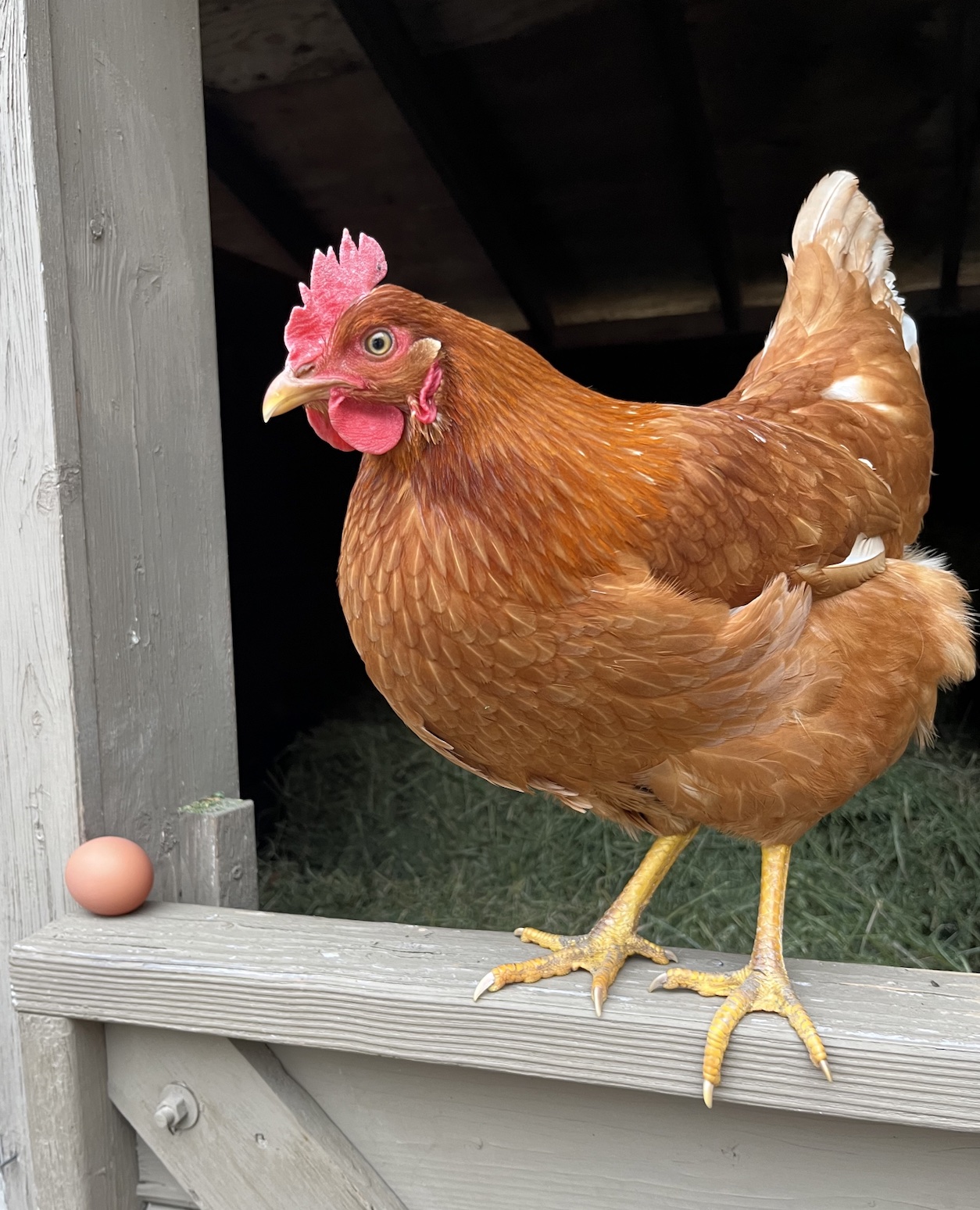
2. They Have Personality to Spare
Though every chicken is different, our production layers have always been the most friendly and engaging of all the breeds we keep. We often refer to them as “puppy-chickens” because they come running when they hear our voices. They are gentle and calm around our children, often allowing themselves to be scooped up for a tractor ride.
Gravy and Cinnamon Roll are also a real source of entertainment around these parts. Though they have a large coop with plenty of nesting boxes, they much prefer to lay their daily eggs in our goat barn. They wait patiently every morning to be let into a specific stall to lay their eggs. I often joke that they think they are goats because they love to follow our small herd around when everyone is out together. I have so loved watching their sweet, silly personalities emerge as they have grown up!
3. They Thrive in a Mixed Flock
Some chicken breeds are known to be divas (I’m looking at you, Wyandottes), while others are known to be sweet and docile with humans and other chickens. Production layers definitely fall into the latter category. Because I keep a mixed flock with lots of different breeds, it’s important to me to have some solid, calm personalities to keep the pecking order drama in check as much as possible!

4. Their Hybrid Vigor
Because production layers are hybrids, they have what is known as hybrid vigor. This means they are extremely hardy and productive during their peak laying years when managed appropriately. Production layers are bred for their egg laying capabilities. Though they are often used in commercial settings, I love having them as part of our backyard flock for this very reason.
5. They are Extremely Adaptable
Some breeds are better suited for free-ranging, while others bear confinement very well. The same goes for extreme temperatures in varying climates. I have found that my production layers thrive in a variety of settings. They love to free-range and forage on nice days, but they also don’t get cranky or pick fights when they are cooped up during the winter. Despite the extreme temperature swings we get in Eastern Washington, our production girls lay steadily and consistently during their peak years. They also remain healthy during heat waves and cold snaps.
At the end of the day, if you are looking for steady production from good layers, keeping a mix of both production layers and Heritage breeds is a wonderful option. Production layers might not have the same longevity as Heritage breeds, but they certainly bring their own unique benefits to your coop…and will help keep your egg basket full! And really, who doesn’t need an excuse to add a few extra chicks to their order this season?
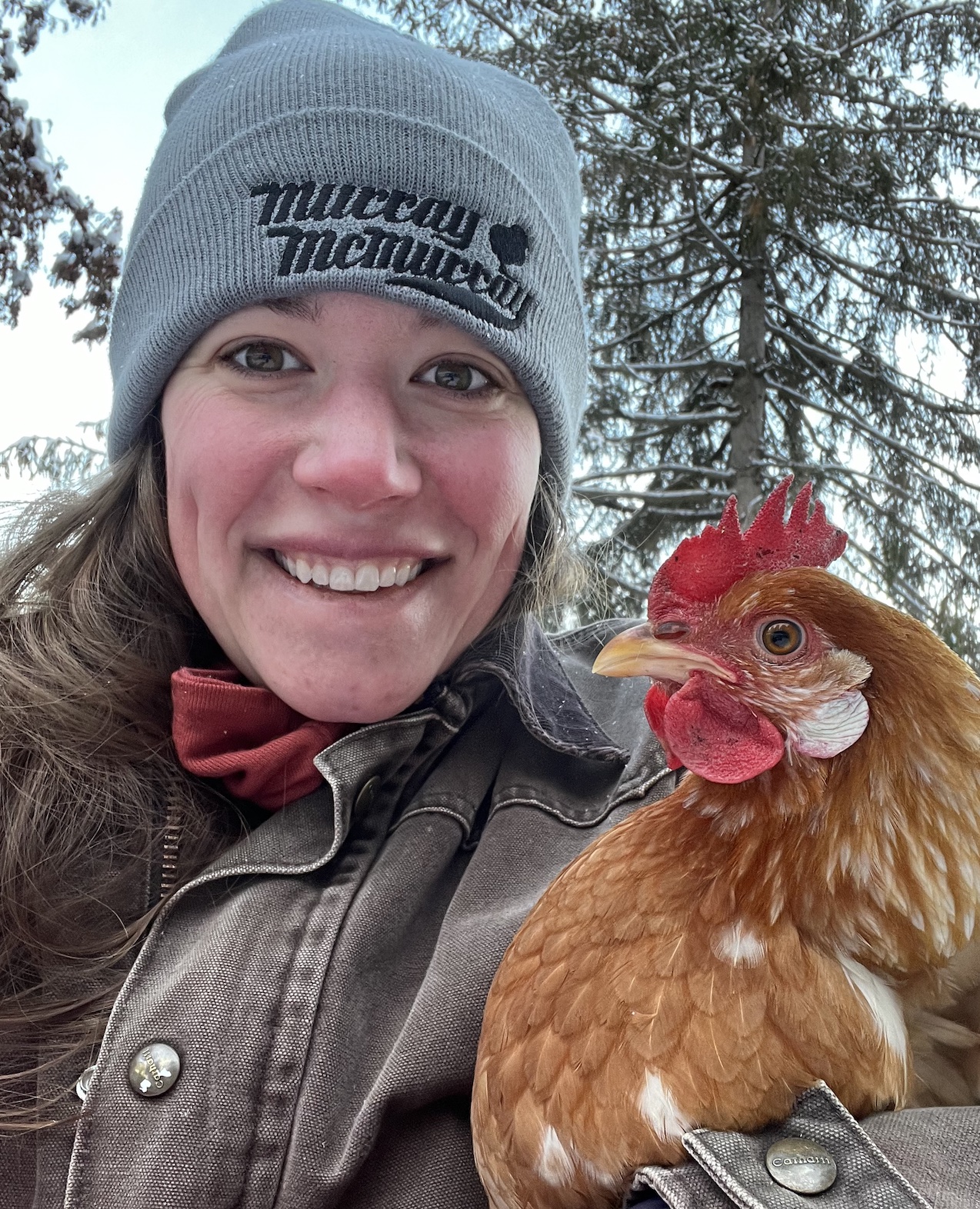
Cassidy Cornell is a mama, homemaker, and backyard poultry enthusiast living in Eastern Washington. She loves gardening, baking, and taking pictures of eggs.
All photos in this article are courtesy of Cassidy Cornell.
My Favorite Production Layers:
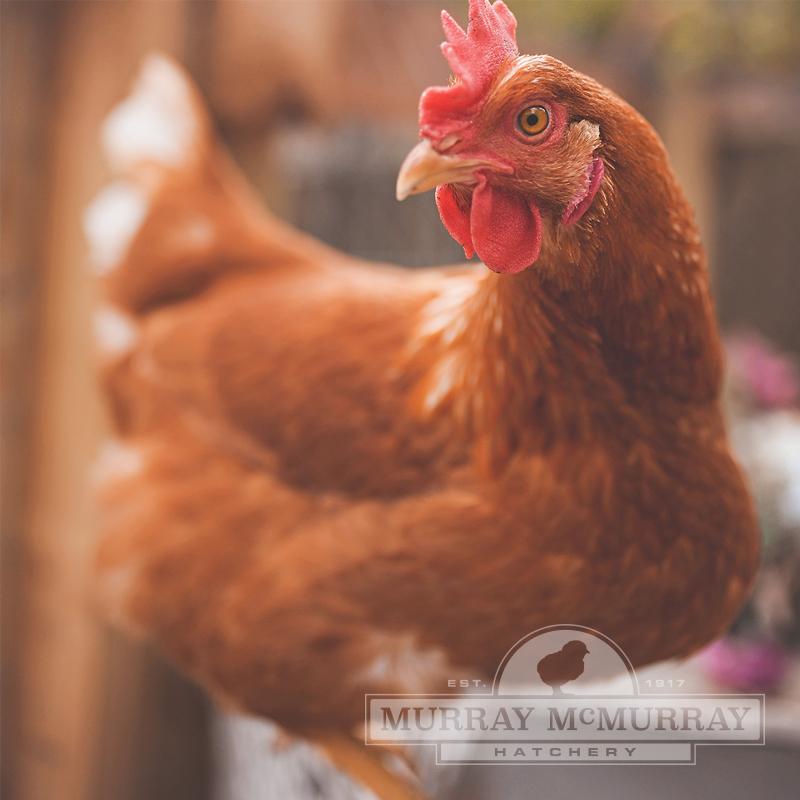
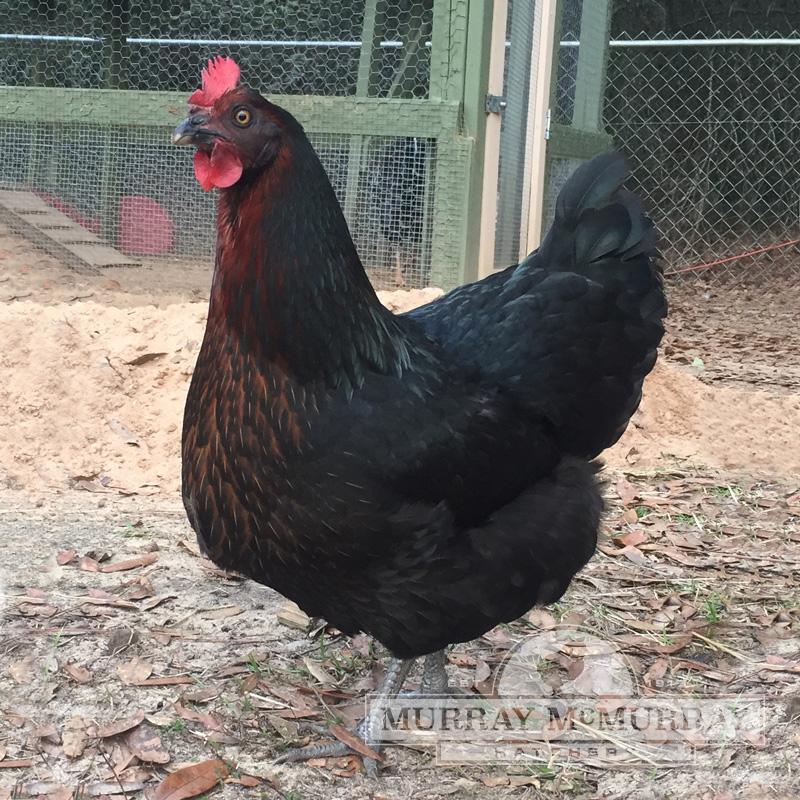
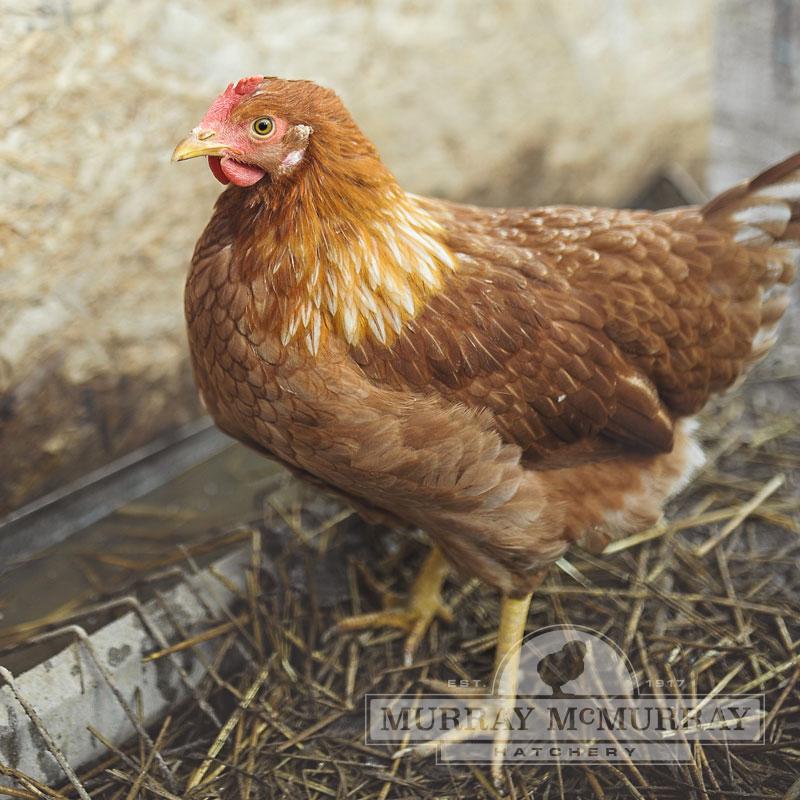

Notes from an Expert
On Hybrid Vigor from Gail Damerow
“The crossbreeding of carefully selected parents with differing genetics can result in offspring that exhibit hybrid vigor, a complex trait that embodies superior survival qualities compared to either parent line. Reproductive ability responds favorably to hybrid vigor. Therefore, one of the desirable traits of production hybrid hens is their improved egg laying compared to hens from either parent line.”

